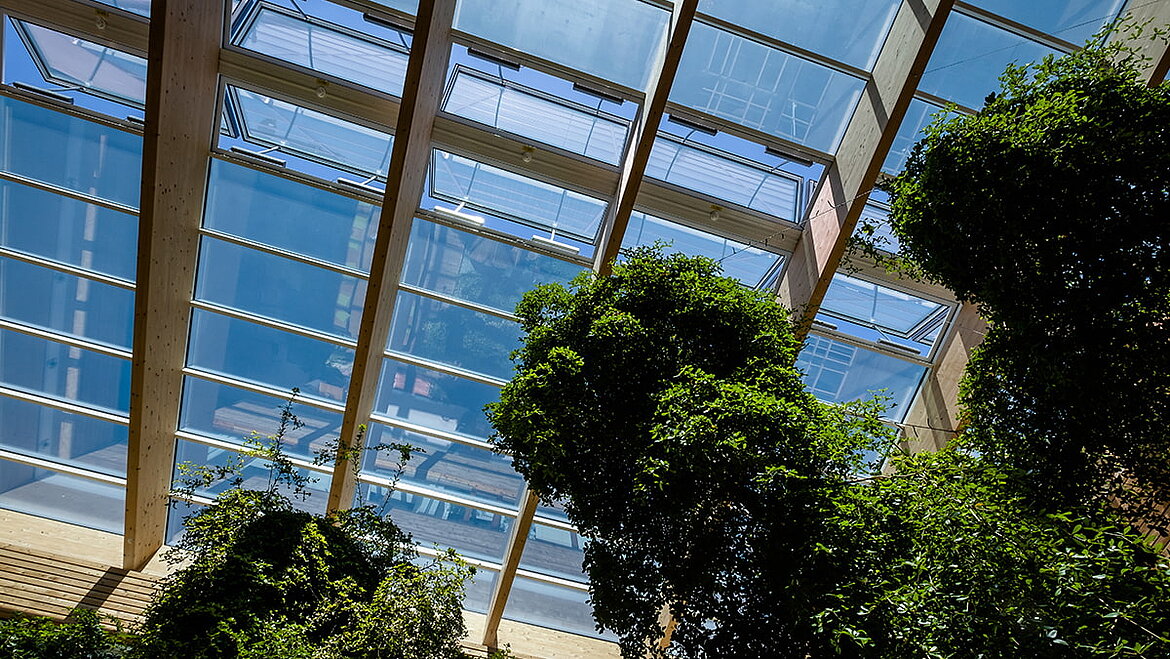More light and air in the "Wolke 10" daycare centre
While lighting design in buildings has long been primarily concerned with generating sufficient brightness for the visual task at hand, today it is just as much about the physical effect on people. Are you wondering why daylight is so important in an urban environment? This question is quite easy to answer: daylight not only affects our vision, but also our biorhythm, our health and our performance. The challenge for urban and building planners is therefore to bring enough daylight into modern living spaces. This is because the high and dense development of cities usually allows little natural light into buildings. Daylighting systems with ventilation systems provide more light and more air in buildings, creating a pleasant living atmosphere. A successful example: the "Wolke 10" daycare centre in Nuremberg. But how is more light and air integrated into the "Wolke 10" daycare centre?
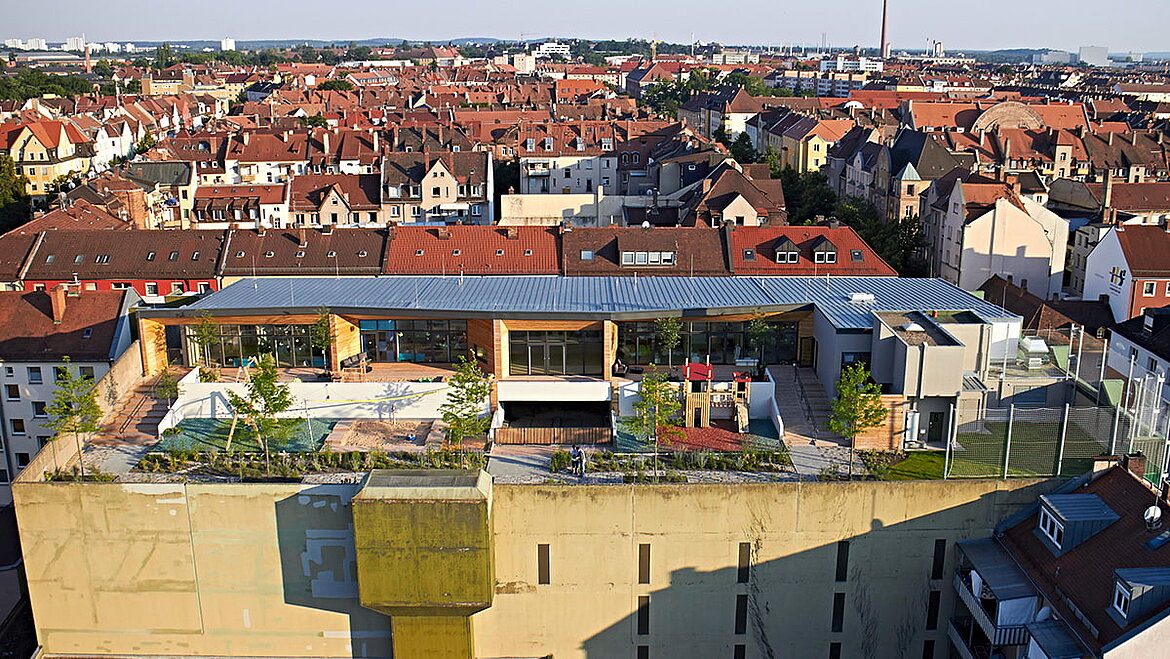
Daylight and fresh air strengthen body and mind
Light acts on three levels: visual, emotional and biological. On the latter, our bodily functions in particular are regulated. In contrast to artificial light, daylight reproduces the complete natural spectrum of visible solar radiation. This changes during the course of the day and thus controls our day-night rhythm and tells the body when it should be active or regenerate. If our inner clock gets out of rhythm due to night shifts or incorrect lighting, this can have a negative impact not only on our physical but also on our mental health.

At least for all those who work during the day, daylight therefore offers the healthier alternative. On the one hand, it promotes work and performance, and on the other, it strengthens the immune system and improves the quality of our sleep. A second component that influences our body and mind is fresh air. An adequate supply of fresh air is essential in buildings where people live or work.
Children in particular can benefit from the energy sources of daylight and fresh air. This is because natural light and fresh air promote children's development. More light and more air make children more attentive and eager to learn and ensure that the little ones feel happier.
Skylights create healthy alternatives
Illuminance illustrates a difference between natural and artificial light: At an office workstation, this should be at least 500 lux to see well enough. Outside, on the other hand, up to 100,000 lux on a sunny summer day and still 3,000 lux on a very dull winter day.
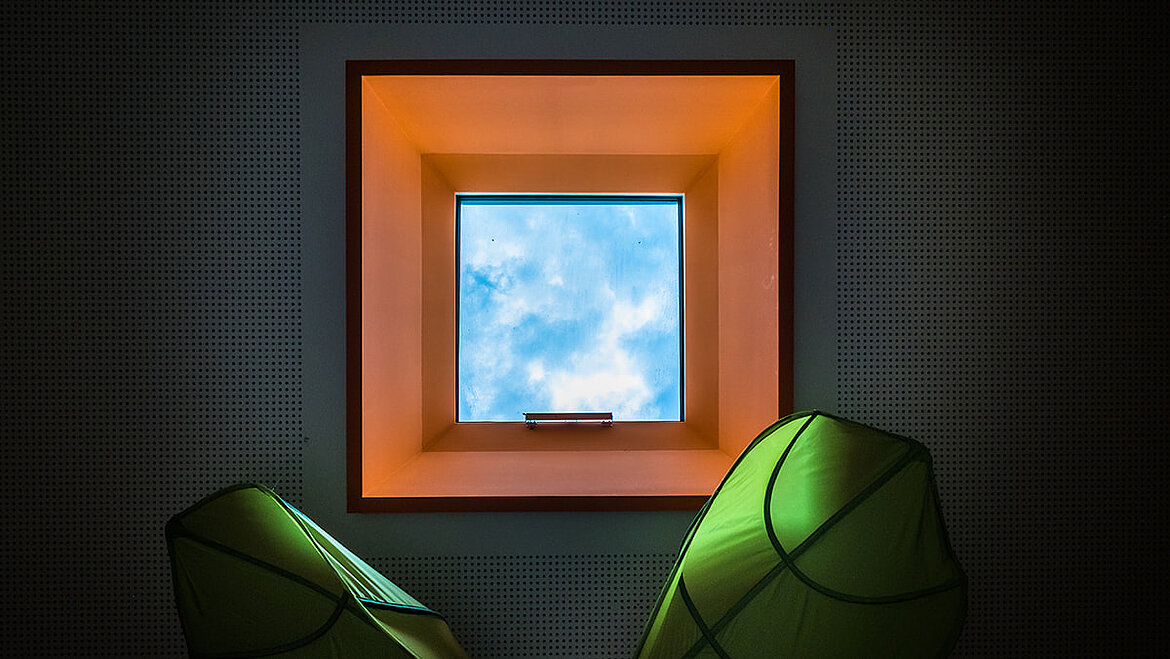
Daylighting systems can also provide deep rooms with natural light all year round during the day. It is often sufficient to provide around 20 percent of the roof area with flat roof windows, for example. But even with less surface area, skylights provide the natural light needed for biorhythm and health on many days of the year.
In addition, continuous roof lights, glass roofs & co. create a pleasant room atmosphere as natural aerators and ventilators and even ensure safety in halls as smoke and heat vents in the event of fire. They are therefore not only daily energy dispensers, but also save lives in an emergency.
How to get daylight into the building
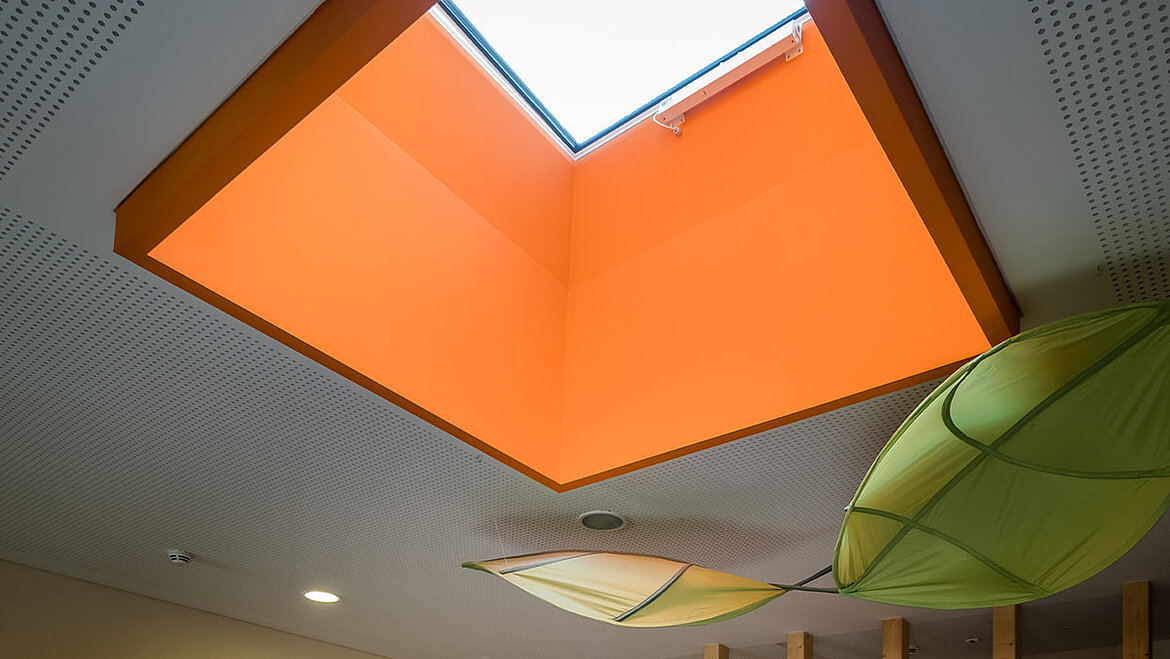
The "Wolke 10" daycare centre in Nuremberg has already won several architectural awards since its inauguration in 2015: for its location on top of a nearly 17-meter-high parking garage built in 1979 in Nuremberg's city centre and for its concept of transforming an unused and unusual location into an ideal space for children.
While the spacious outdoor play area and glazed walls provide plenty of light, the LAMILUX Flat Roof Window FE ensures sufficient daylight in the interior of the daycare centre. It brings in natural light from above and its orange-clad up stand transports the light into the otherwise windowless room like warm rays of sunshine.
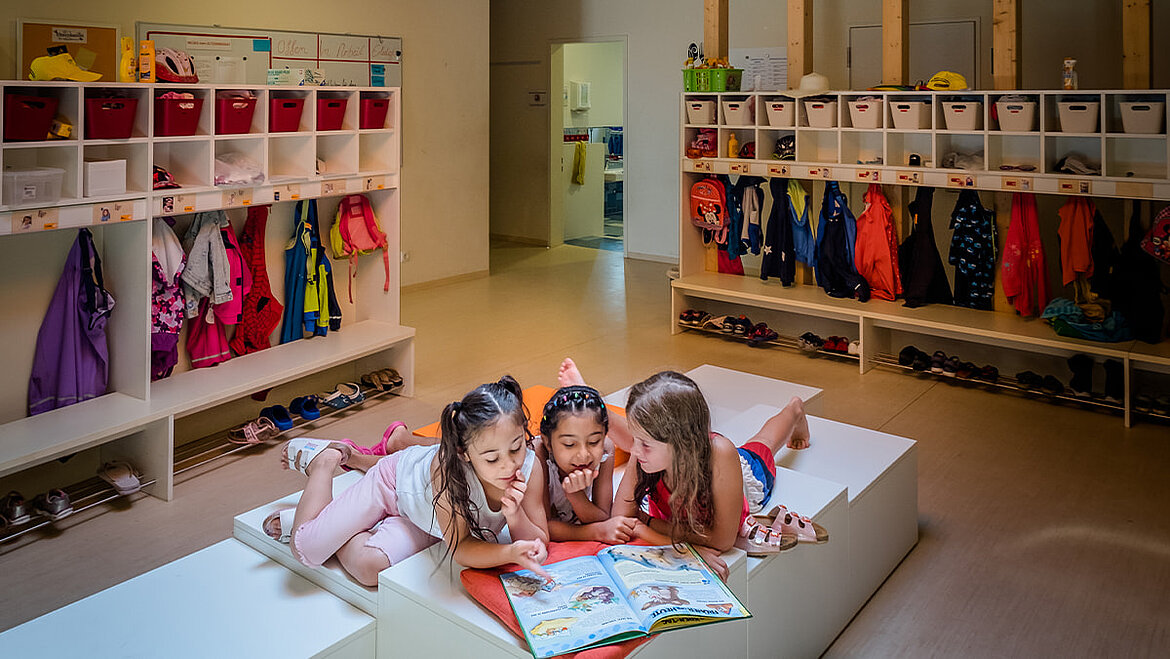
Daycare centre director Cornelia Dommer is also convinced of the positive effect of natural light for children: "The incidence of light from above is a particular highlight. It brightens up the dark room area, which also replaces ceiling spotlights." The need for artificial light has dropped significantly as a result, which of course also pays off in operating costs.
The expert sums up: "It is good that the current trend in daycare centre construction is toward large amounts of daylight. This brings the natural rhythm of the day into the building. This is also very important, especially for children." To find out how important daylight is for children's development, read the article "How much daylight does a child need?"
More light, more air, more climate protection
With skylights, more light and more air can be easily integrated into buildings in urban areas. This not only has positive effects on people, but also on nature. Energy-efficient skylights also help to protect the climate, as they help to save energy in a targeted manner. The environment has been close to the heart of daylight manufacturer LAMILUX for many generations, which is why it is launching the "More light, more air, more climate protection" climate offensive in 2021.
